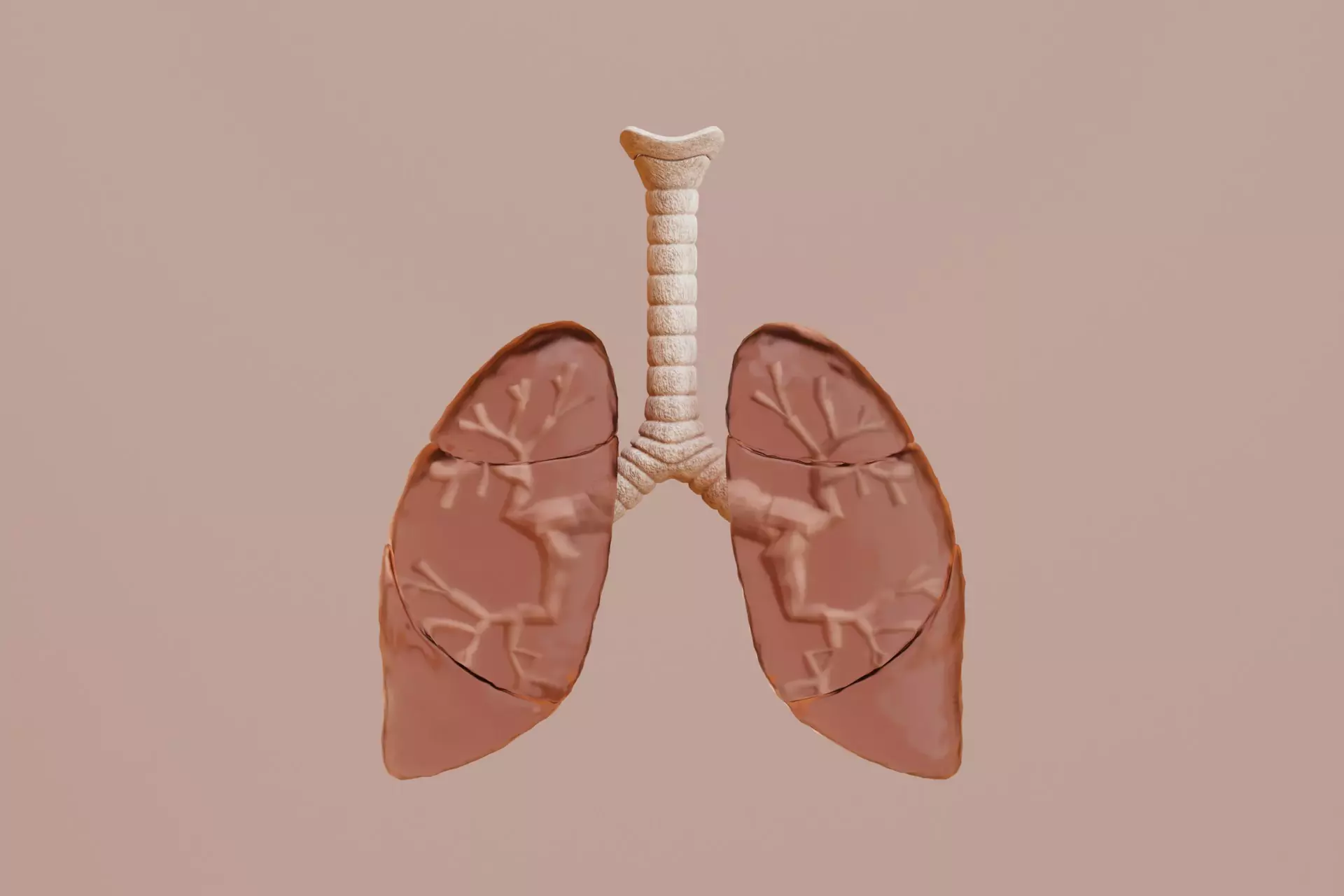Atherectomy vs. Angioplasty: Which One is Right For You?

Did you know that millions of people in the U.S. have atherosclerosis, where plaque slowly builds up in the arteries? The plaque can create blockages that limit blood flow, raising the risk of heart disease and stroke.
When it comes to treating these blockages, you may be faced with the choice of atherectomy vs angioplasty. Both are effective at restoring blood flow, but each take a different approach. So, how do you know which is the right option for you?
Let’s explore atherectomy vs angioplasty, compare how they work, and help you understand which procedure may be the best fit for your health needs.
What is atherectomy?
Atherectomy is a medical procedure that removes plaque from the inside of your arteries. Plaque is a buildup of fat, cholesterol, and other substances that can narrow your arteries and block blood flow. When this happens, it can lead to problems like heart disease, stroke, and even limb amputation in some cases.
Atherectomy is typically done through a catheter, a thin tube inserted into the artery. The catheter has a special tool or laser at its tip that removes the plaque.
Types of atherectomy
There are several different types of atherectomy, each suited to different kinds of plaque and blockages:
Directional atherectomy
This type uses a rotating blade to cut away plaque in one direction. The plaque is removed, helping open up the artery.
Rotational atherectomy
Rotational atherectomy uses a high-speed rotating burr (similar to a drill) to grind away hard plaque that’s tough to remove with other methods.
Orbital atherectomy
Orbital atherectomy uses a tiny rotating device with an orbital (circular) motion that helps to shave off plaque from the artery walls.
Laser atherectomy
Laser atherectomy uses a laser beam to vaporize the plaque, which can be helpful in treating certain kinds of blockages that are hard to treat with traditional methods.
How does an atherectomy work?
In an atherectomy, a catheter is inserted into the artery through a small incision, typically in your groin or arm. The catheter is guided to the blocked area using live X-ray images. Once it’s in place, the catheter’s special tool (whether it's a blade, burr, or laser) removes or breaks up the plaque. This clears the blockage and allows blood to flow more freely.
Benefits of atherectomy
The main benefit of atherectomy is that it directly removes plaque from the arteries, which can help to ensure a better long-term result compared to other methods like balloon angioplasty. Some of the key advantages include:
-
Removal of plaque directly: Unlike other procedures, atherectomy removes the plaque from your artery, rather than just compressing it against the artery walls. This can lead to better, longer-lasting results.
-
Effective for hard plaque: Atherectomy is ideal for treating calcified or hardened plaque, which can be difficult to treat with other methods like balloon angioplasty.
-
Lower risk of some complications: Studies suggest that atherectomy has a lower risk of causing certain complications, such as artery tears or dissections, compared to balloon angioplasty.
Risks of atherectomy
As with any medical procedure, atherectomy comes with some risks, including:
-
Distal embolization: This happens when small pieces of plaque break off and travel downstream, possibly causing blockages in smaller arteries.
-
Damage to the artery: In rare cases, the artery may be damaged or torn during the procedure, which could lead to further complications.
-
Infection or bleeding: There’s always a small risk of infection or bleeding from the incision site.
Need advice on atherectomy? QCG is here to guide you through the process and help you choose the best treatment abroad.
What is angioplasty?
Angioplasty is another procedure that aims to treat blocked arteries, but it works in a slightly different way. Angioplasty involves inflating a small balloon inside the artery at the site of the blockage to compress the plaque against the artery walls. This helps to widen the artery, restoring blood flow.
How does angioplasty work?
A doctor begins an angioplasty by inserting a thin, flexible catheter with a tiny balloon at its tip into an artery. Using real-time X-ray imaging, they carefully guide the catheter to the blocked section of the artery.
Once in place, the balloon is inflated, which pushes the plaque against the artery walls and makes the artery wider. This improves blood flow and reduces symptoms like chest pain or leg cramping.
In some cases, a stent (a small, mesh-like tube) is inserted into the artery after the balloon is inflated. The stent helps keep the artery open and reduces the chances of the artery becoming narrow again in the future. Stents can be made from metal or a special material that releases medication to help prevent the artery from re-narrowing.
Benefits of angioplasty
Angioplasty is one of the most widely used treatments for blocked arteries, and it comes with several benefits:
-
Quick procedure: Angioplasty is typically faster than other surgical treatments and can often be done in a single session.
-
Quick recovery: Most people can go home the same day or the day after angioplasty. Recovery is typically fast, and most patients can return to normal activities within a few days.
-
Less invasive: Because angioplasty doesn’t involve major surgery, there’s less risk of complications like infections or long recovery times.
-
Stent placement: If needed, a stent can be placed during angioplasty to keep the artery open.
-
Low complication rate: Compared to traditional surgery, angioplasty generally has a lower complication rate and involves a quicker recovery.
Risks of angioplasty
While angioplasty is a safe procedure, it does carry some risks, including:
-
Restenosis: In some cases, the artery can become narrow again after the procedure, requiring further treatment.
-
Bleeding or infection: Like any procedure that involves an incision, there is a risk of bleeding or infection.
-
Stent complications: If a stent is used, there can be complications related to stent placement, such as blood clots.
Ready for angioplasty and want to explore your options? QCG can help you find the best hospitals and specialists abroad to make your treatment as smooth as possible.
Atherectomy vs angioplasty: A comparison
Now that we’ve looked at the basics of both procedures, let’s compare atherectomy vs angioplasty in terms of effectiveness, risks, recovery time, and more.
Success rates and effectiveness
Both atherectomy and angioplasty have high success rates when it comes to improving blood flow. A study that compared atherectomy to balloon angioplasty found that atherectomy had a slightly higher technical success rate (98.3% versus 97.5%). However, it also showed a higher risk of distal embolization (2% compared to 1.1%) compared to angioplasty. Furthermore, atherectomy had better primary patency rates after one year (84.2% versus 82%), though it also had a slightly higher reintervention rate (15.7% versus 13.6%) than angioplasty.
So, both procedures are very effective, but which one is better depends on the type of plaque and where the blockage is located.
If the plaque is hard and calcified, atherectomy may be the better option because it removes the plaque rather than just pushing it aside. But if the plaque is soft, angioplasty works just as well, especially in cases of coronary artery disease (blockages in the heart).
Safety considerations
Both procedures come with some risks, but the type of risk depends on the procedure. Atherectomy generally has a lower risk of artery damage, like tears or perforations. However, it may increase the risk of plaque breaking off and traveling down the artery (a condition called distal embolization), which could cause new blockages elsewhere.
Angioplasty, especially when a stent is used, has a risk of blood clots or the artery narrowing again (restenosis). Although the overall complication rate is low, some stent-related issues like clotting or infection can still happen.
Recovery time
Atherectomy has a quick recovery because it’s a minimally invasive procedure. Most people can get back to their usual activities in just a few days.
Angioplasty also has a fast recovery. Many people go home the same day and can return to normal activities within a few days. However, if you have a stent placed, it might take a little longer to fully recover.
Cost comparison
Atherectomy tends to be more expensive than angioplasty. This is because it requires specialized tools and takes longer to perform. Angioplasty, on the other hand, is generally less expensive and more widely available, but the cost can increase if a stent is used.
Insurance coverage for each procedure varies depending on your plan and medical condition, so it's always a good idea to check with your healthcare provider and insurance company before deciding on a procedure.
Which procedure is right for you?
Deciding between atherectomy vs angioplasty will depend on several factors, including your specific condition, the location of the blockage, and your overall health. Your doctor will consider the following:
- Severity of the blockage – If the plaque is hard and calcified, atherectomy may be a better option since it removes the buildup. Softer plaques may respond well to angioplasty, where the artery is simply widened.
- Location of the blockage – The size and position of the blockage can determine which procedure is more effective and safer for your specific case.
- Your overall health – Age, existing health conditions, and past treatments all play a role in deciding which procedure is best for you.
Before choosing a procedure, it's best to talk to a cardiologist or vascular specialist. They will assess your condition and help determine the most suitable option for you.
Want to know more about atherectomy or angioplasty? Schedule a consultation with QCG to get personalized advice and explore medical treatment options abroad.

